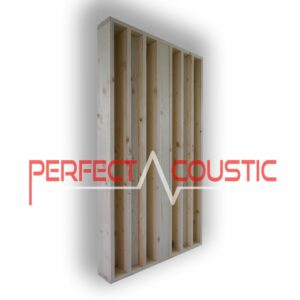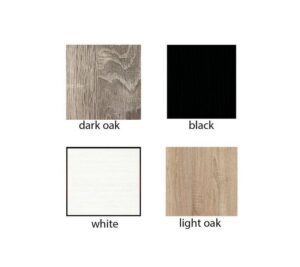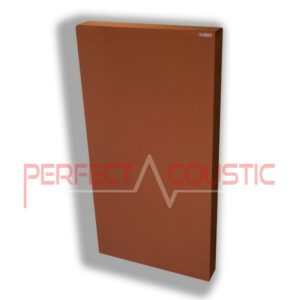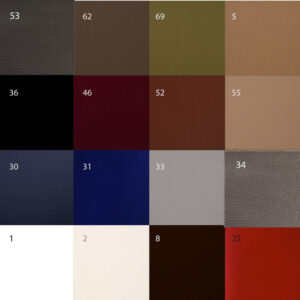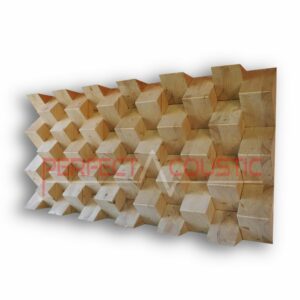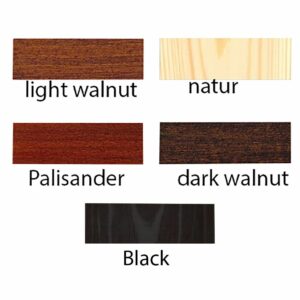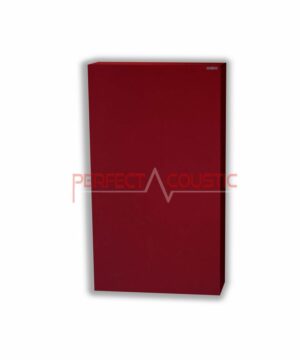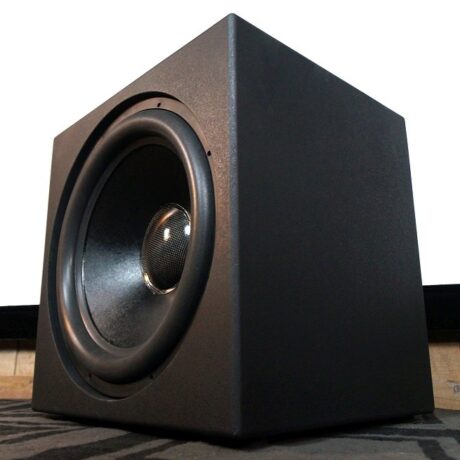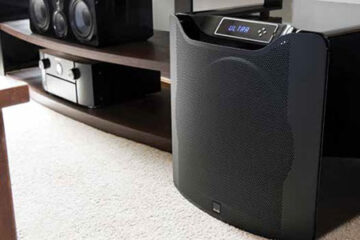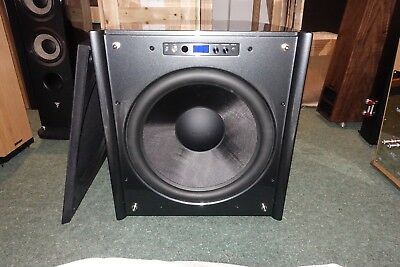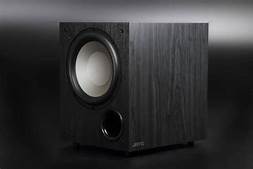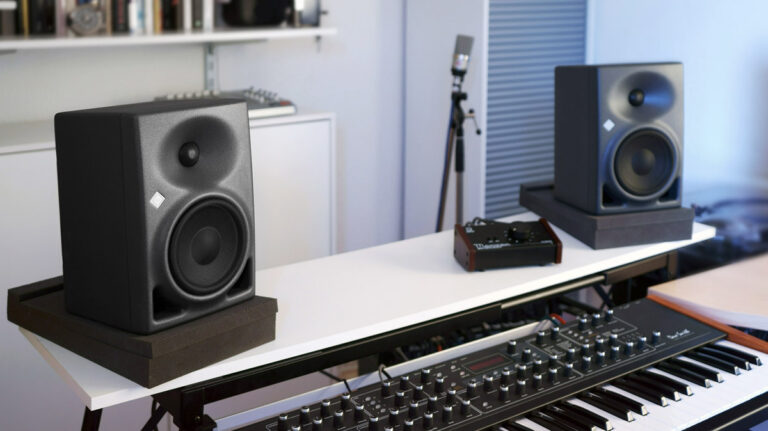Klipsch R-620F Floorstanding Speaker Review
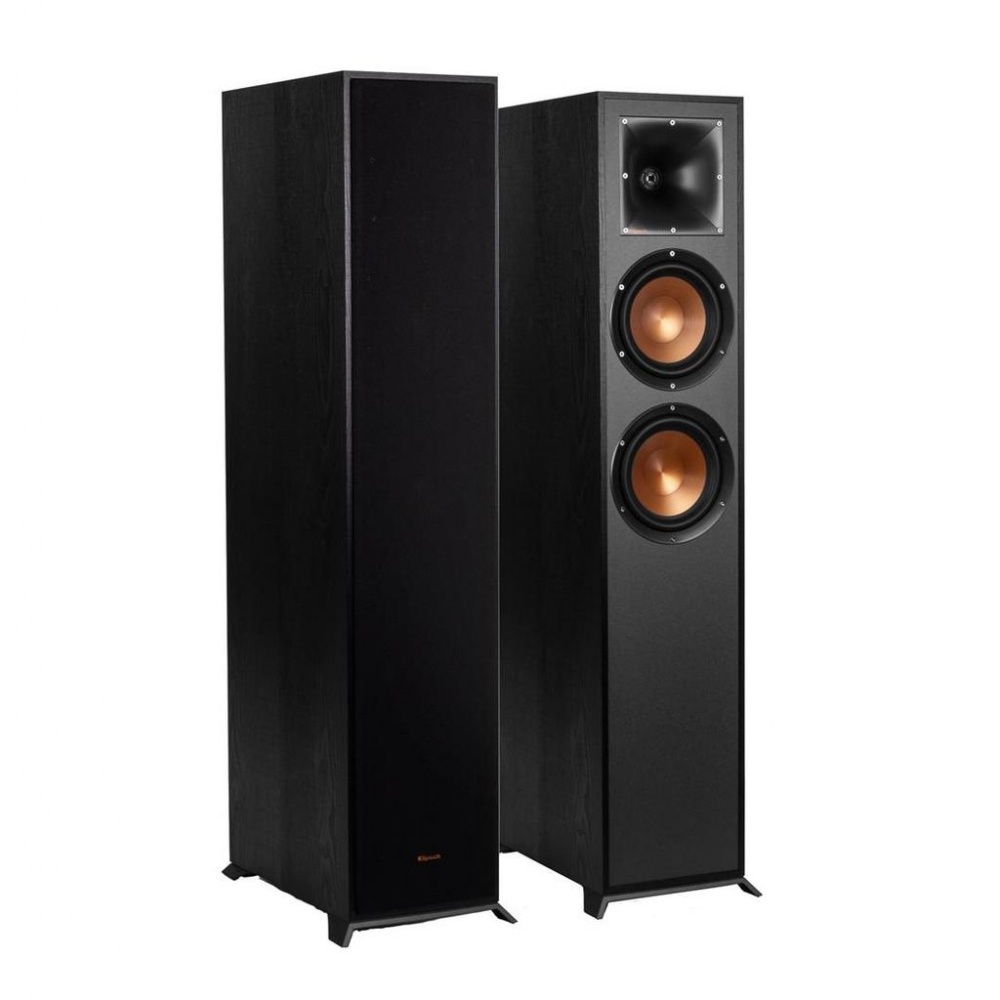
The American company was founded by Paul W. Klipsch in Arkansas in 1946. The exterior design of the Klipsch R-620F floorstanding speakers has been updated and more appealing compared to previous models. These speakers are excellent for home theatre systems and stereo equipment.
Design
The two-and-a-half-bass reflex speakers have a sleek, slightly industrial look, which suits them very well. The black, foiled MDF speaker box has been given a mysterious dark grey colour, and a magnetic cover silk can be placed on the front panel as required. The cheap, plastic bases are not adjustable, but they look good, tilting the speaker back slightly, so it adjusts the scattering angle exactly to the listening position.
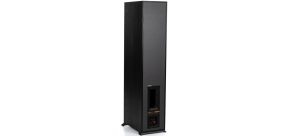
There is also a dark grey foil on the back. The square Tractrix reflex funnel handles the air flow, under which there is a cable connection; only single cabling is possible. The red and black plastic clamps do their job well.
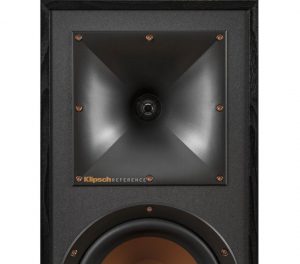
The Tractix funnel LTS (Linear Travel Suspension) tweeter has a linear suspension, the magnet behind it is thin and small, and the rigid IMG (Injection Molded Graphite) copper-coated diaphragm deep center radiating pair has already received a larger magnet. The inside of the speaker has fairly solid braces that increase the strength. It weighs 18.6 kg.
Sound
Klipsch’s Reference (R) series speakers have a sensitivity of 96 dB, an impedance of 8 Ohm, a frequency transmission of 38 Hz-21kHz, a crossover frequency of 2000 Hz. It is recommended to place them at least 40-50 centimeters from the walls to get the expected full body basses you shall expect from them.
-
QRD Diffuser171 € – 269 € +Vat
-
Broadband sound panel-It can even be used as a ceiling element44 € – 241 € +Vat
During the test, we paired the Klipsch speakers with a Marantz SR6014 amplifier. The site was a roughly 25-square-foot living room where acoustic conditions were inadequate. Acoustic measurements were performed and based on the results, we recommended the owners to place sound-absorbing panels and diffusers on the walls and ceiling to achieve the ideal sound. The rather large window surfaces (huge windows, and glazed patio doors) reflected the sounds and created unpleasant echoes, consequently we recommended soundproof curtains. No matter how much you spend on audio and hi-fi equipment, if you neglect to improve acoustics, don’t expect perfect sound. While some amplifiers can achieve some improvement, these room acoustic optimisation software are only worthwhile if acoustics have been designed optimally.
We tested the performance of the Klipsch speakers for several musical styles. We first chose an electronic style, and put on the song coauthored by Martin Garrix – Blasterjaxx & Hardwell, Big Room Never Dies. We had a sound rich in details and, the highs sometimes seemed a little too vivid. We experienced good dynamics, a comprehensive, clear and airy sound image.
A tougher genre followed. We listened to Metallica’s piece Unforgiven. The harder style proved to be a pretty big bite for the R-620, at least when it came to the trebles, because it has been made even more noticeable that the treble frequencies were too intrusive and confusing. But it was probably only noticed by listeners of our kind with no tin ears.
-
Pyramid acoustic diffuser 60x60x11cm118 € – 153 € +Vat
-
Bass sound dampening panels with wood membranes91 € – 268 € +Vat
Almost at the same time as we were testing the R-620F, an acquaintance of ours asked to run a couple of tests on the Klipsch R-820F speaker at home. This allowed us to compare the two models of the brand consecutively. We didn’t find too much of a difference in design and performance, although we could try out the R-820-F speakers in a better acoustic designed room with decorative printed sound-absorbing panels on the walls featuring images taken of major cities around the world – as the owners like to travel a great deal.
Front panel diffusers were placed on the walls behind the speakers, and bass traps were in both corners. The sound quality was slightly better here, although the harder rock music was overly sharp and treble frequencies akin to the other Klipschs. Both sharpness and stereo image fell short of our expectations, and detail and resolution could have been better. Plastic soles on both models effectively dampened vibrations. On the other hand, the R-820F weighs much more than the R-620F, 24.5 kg, which makes it difficult to move it around. It has a sensitivity of 97 decibels, a rated power of 15 watts, which is 50 watts more than that of the R-620F, and a maximum music power output of 600 watts, which is 200 watts more than its smaller sibling. Since we didn’t see a significant improvement in quality or performance in either design or sound (although the design hits our fancy), we would rather opt for the R-620F because of the heavy weight of the R-820F.
Conclusion
The sound of the Klipsch speakers can be said to provide a detailed, clean and airy experience, the stereo stage is accurate but the width is limited. Due to their compact size, we also recommend it for smaller rooms. A good amplifier is definitely needed to make the sound warmer and softer. Disadvantages are that it is only available in one colour, does not cope with all musical styles, and the design is not thorough enough. Probably the unfavourable acoustic conditions of the testing site also contributed to the fact that we heard the flaws of the speakers so firmly – the importance of acoustic treatment cannot be stressed enough! Echoes and standing waves significantly degraded the performance of the speakers. Anyway, we were satisfied with the exterior of the speakers, the compact size can be considered a positive, as well as the price.
G.H.

